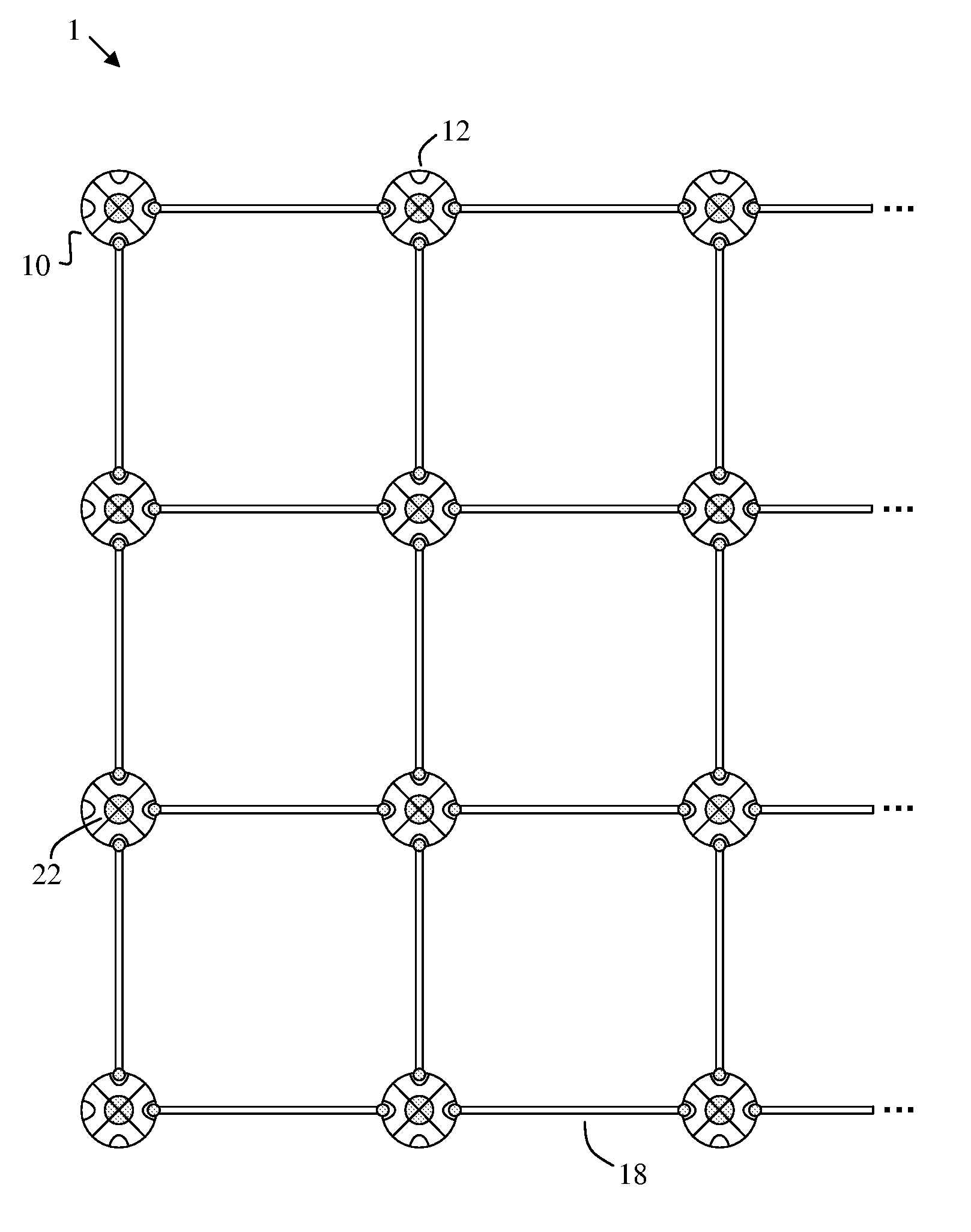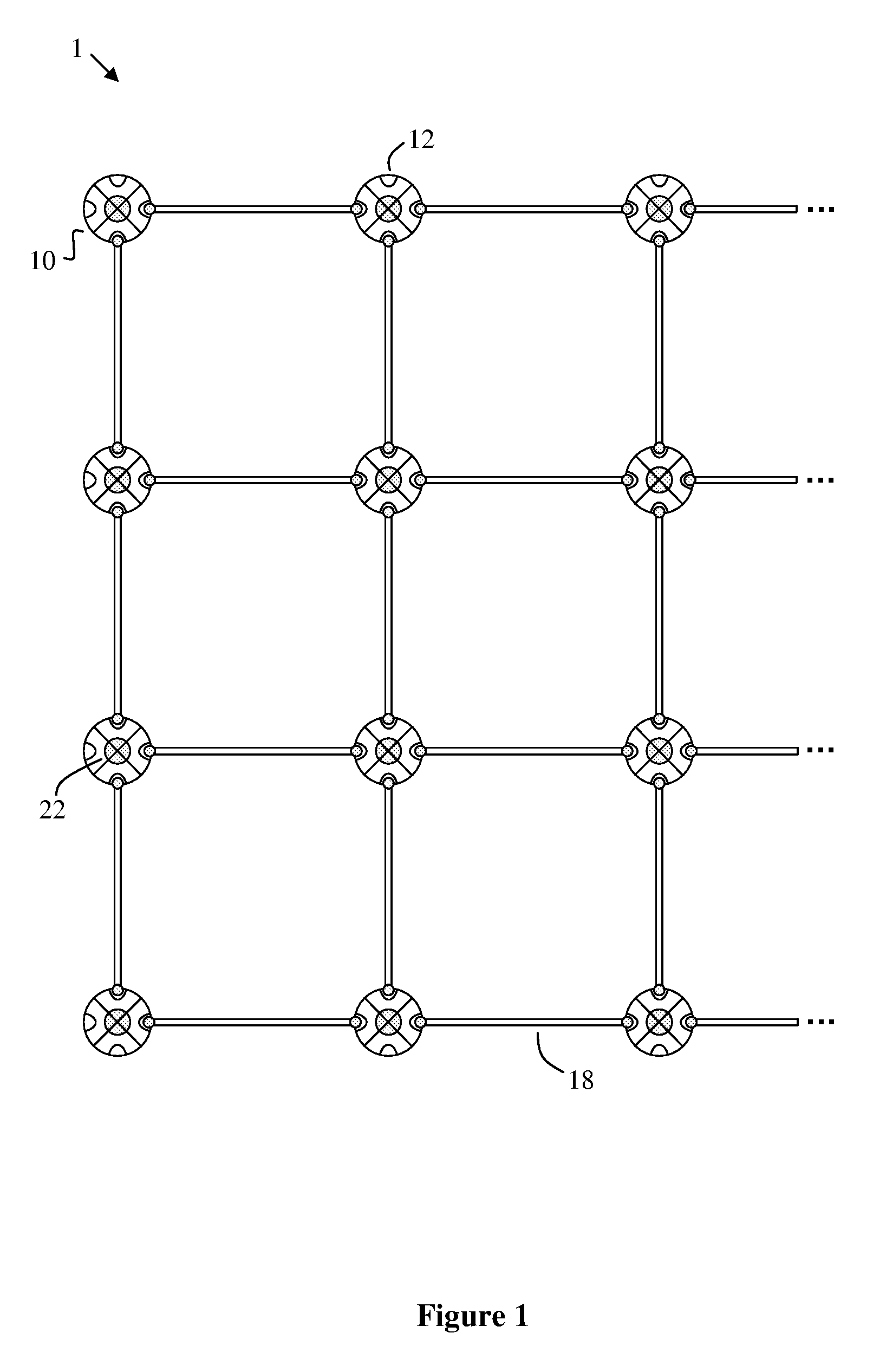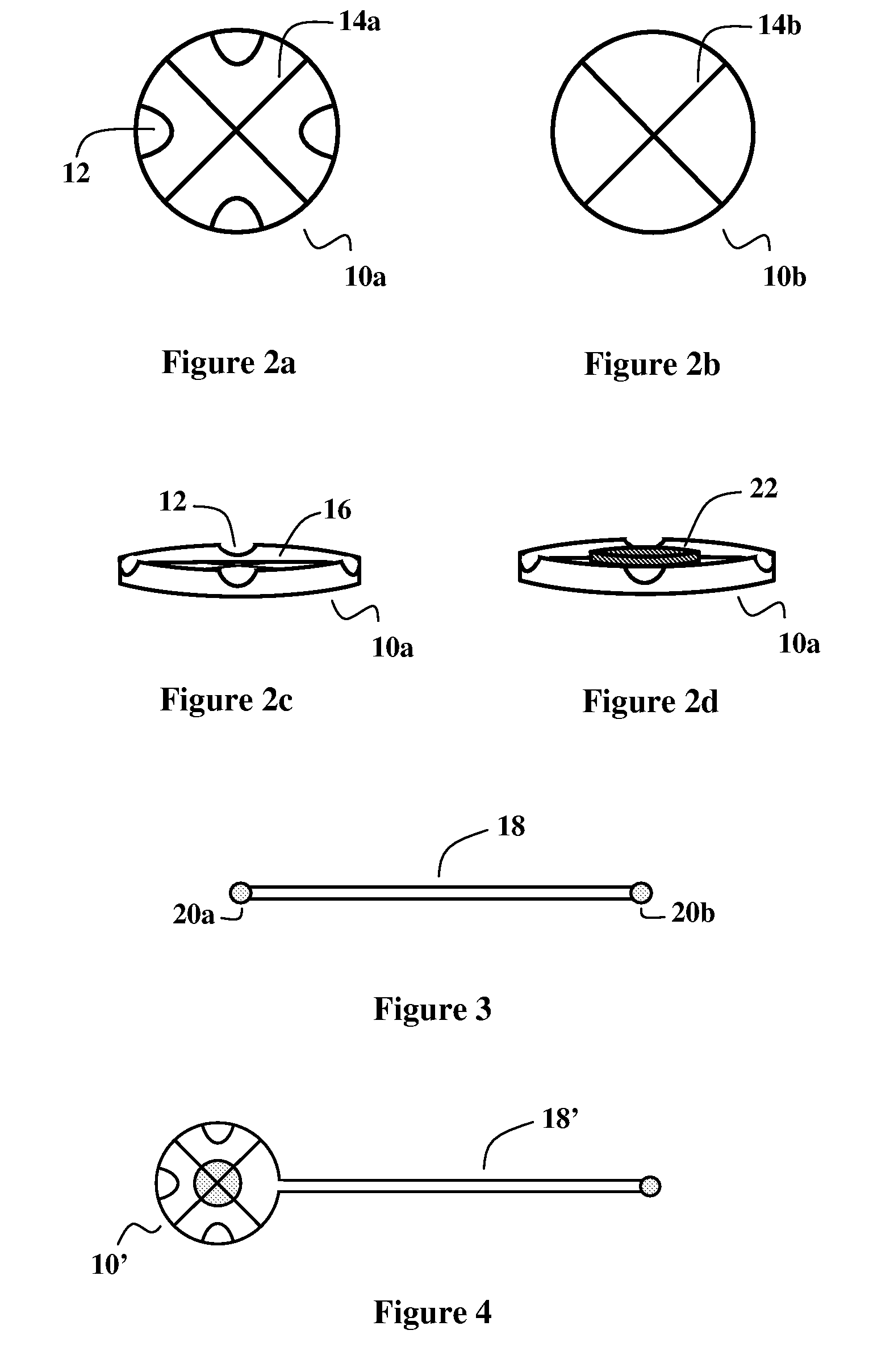Magnetic Mat for Holding Surgical Instruments
a technology for surgical instruments and magnetic mats, applied in the surface field, can solve the problems of unusable surgical procedures, unnecessarily delayed surgical procedures, and the addition of additional instruments to the overall cost of the procedure, and achieve the effect of convenient disassembly
- Summary
- Abstract
- Description
- Claims
- Application Information
AI Technical Summary
Benefits of technology
Problems solved by technology
Method used
Image
Examples
Embodiment Construction
[0026]Reference will now be made in detail to various exemplary embodiments of the invention, examples of which are illustrated in the accompanying drawings. The following detailed description is provided to supply a fuller description of certain embodiments of the invention, and is not intended as a limiting disclosure of all embodiments of the invention. Rather, those of skill in the art will be able to understand the full scope of the invention after consideration of the above broad description, the following detailed description of certain preferred embodiments, and the claims.
[0027]FIG. 1 depicts a magnetic mat 1 for holding metal surgical instruments on a patient surface. It is appreciated that the figure is meant to be illustrative and is not limited to the dimensions or configurations shown. In general, the mat 1 includes a plurality of magnet holders 10 for holding magnets 22 and a plurality of links 18 that connect the magnet holders 10 together in two dimensions. Preferab...
PUM
 Login to View More
Login to View More Abstract
Description
Claims
Application Information
 Login to View More
Login to View More - R&D
- Intellectual Property
- Life Sciences
- Materials
- Tech Scout
- Unparalleled Data Quality
- Higher Quality Content
- 60% Fewer Hallucinations
Browse by: Latest US Patents, China's latest patents, Technical Efficacy Thesaurus, Application Domain, Technology Topic, Popular Technical Reports.
© 2025 PatSnap. All rights reserved.Legal|Privacy policy|Modern Slavery Act Transparency Statement|Sitemap|About US| Contact US: help@patsnap.com



